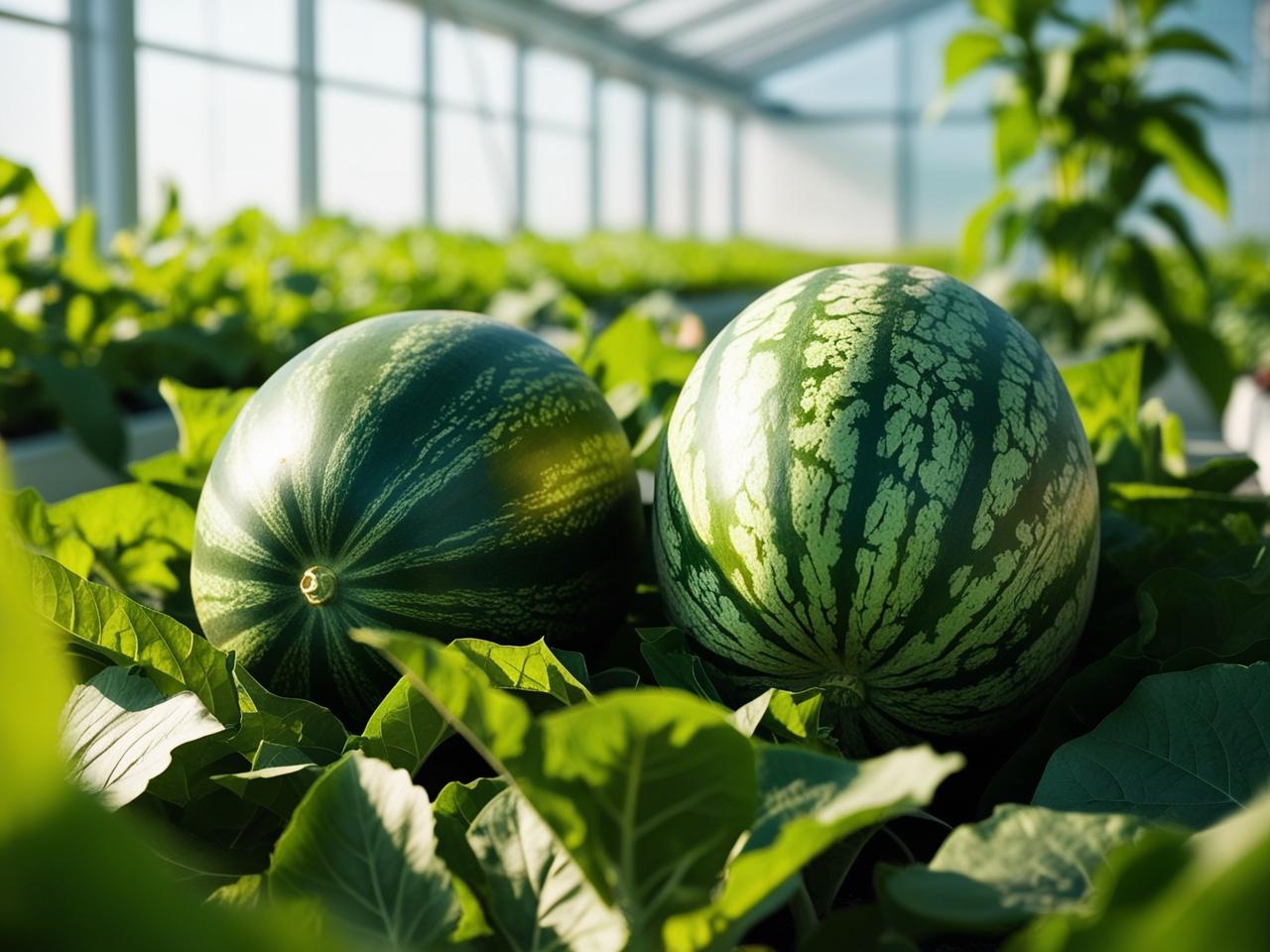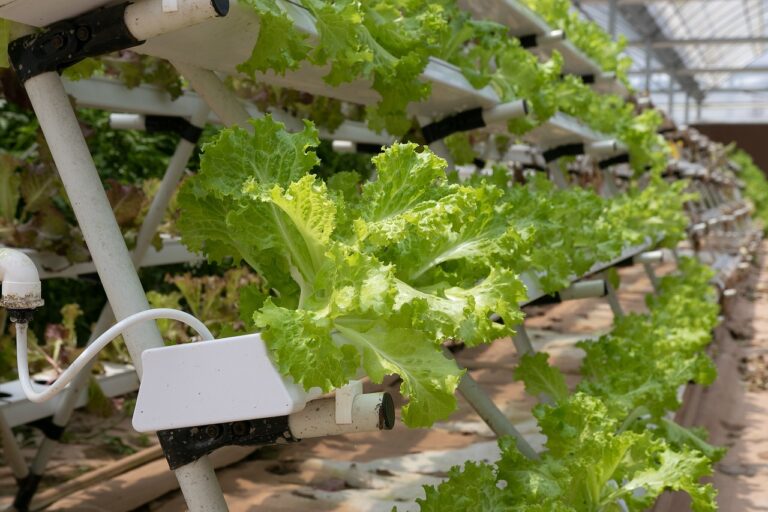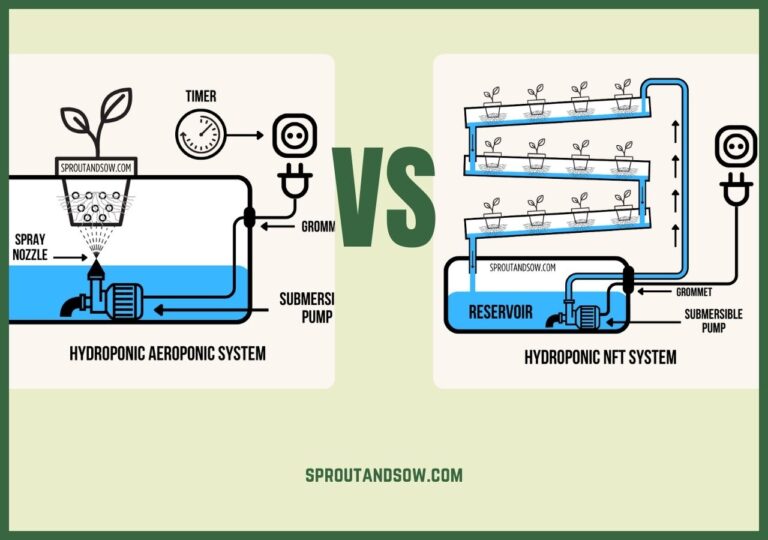How to Grow Hydroponic Watermelons: A Complete Guide for Beginners
Growing watermelons hydroponically may sound like a challenge, but with the right approach, it’s entirely achievable, even for beginners! Not only does hydroponic gardening conserve space and water, but it also allows you to enjoy a steady supply of delicious, home grown fruit. In this guide, we’ll break down everything you need to know to grow hydroponic watermelons successfully.
Why Choose Hydroponics for Watermelons?
Hydroponics offers the advantage of controlled growing conditions, resulting in potentially higher yields and healthier plants. Watermelons grown in hydroponic systems can develop faster due to the optimal nutrient supply and water efficiency. Plus, hydroponics can be done indoors, which means year-round watermelon growing is possible!
Step 1: Choosing the Right Hydroponic System
The first step in growing hydroponic watermelons is selecting the best system. The most suitable options include:
- Deep Water Culture (DWC): Ideal for supporting the large root systems of watermelon plants. DWC immerses the roots directly in a nutrient-rich solution, providing consistent hydration and nutrients.
- Nutrient Film Technique (NFT): Works well for lighter watermelon varieties and ensures a constant flow of nutrients, although it requires more monitoring and support structures.
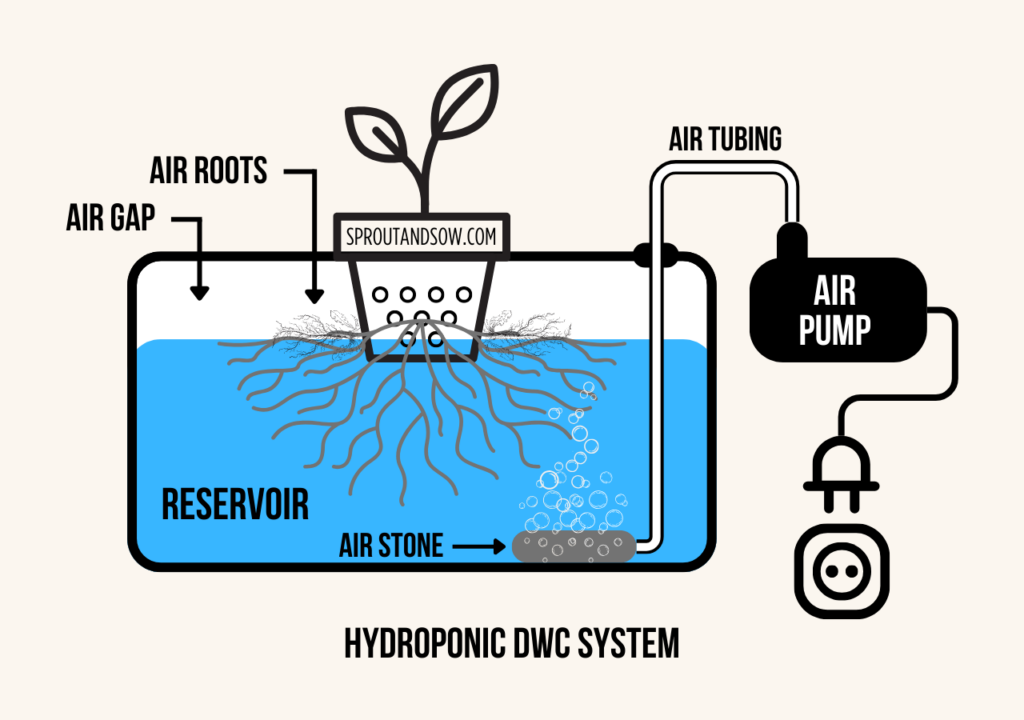
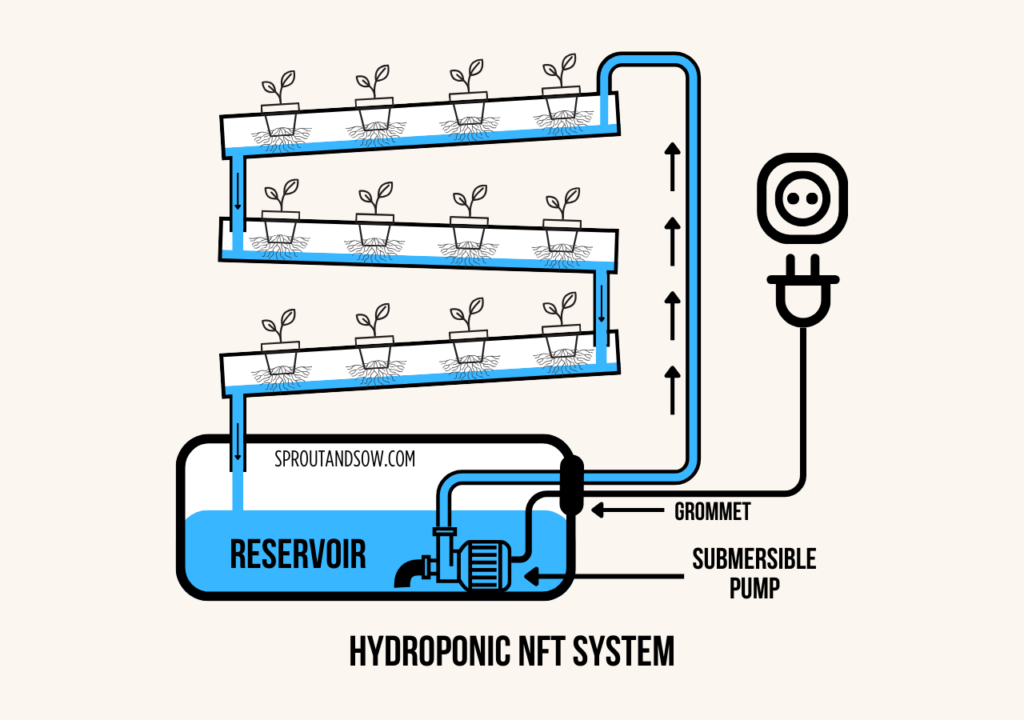
Step 2: Setting Up Your Hydroponic System
- Containers and Reservoirs: Ensure you have large enough containers to support the growth of the watermelon’s extensive root system. Sturdy reservoirs prevent spillage and can be easily aerated.
- Growing Medium: Use a medium like coconut coir, perlite, or Rockwool to provide initial root support.
- Water Aeration: An air pump ensures that the roots receive enough oxygen, preventing issues like root rot.
Step 3: Nutrients and pH Levels
Watermelons thrive on a balanced nutrient solution rich in potassium and phosphorus, essential for fruit development. Regularly monitor your pH levels and maintain a range of 6.0 to 6.5 for optimal nutrient uptake. Adjustments can be made with pH up or down solutions to keep the levels stable.
Pro Tip: Invest in an EC (electrical conductivity) meter to monitor nutrient concentration, ensuring that it aligns with watermelon growth needs.
Related: Understanding Hydroponic pH Levels and How to Manage Them
Step 4: Lighting and Temperature
Watermelons require at least 12-14 hours of light per day. If growing indoors, use LED grow lights that mimic sunlight. Maintain a temperature range between 75-85°F (24-29°C) for the best results.
Step 5: Pollination Techniques
Unlike outdoor gardening, hydroponic watermelon plants grown indoors will need manual pollination or the presence of pollinators. You can hand-pollinate using a small brush to transfer pollen from the male to the female flowers.
Step 6: Supporting the Plants
As watermelon vines grow, they need support structures like trellises or netting to hold the weight of the fruit and prevent the vines from breaking. Secure the vines gently with plant ties or clips to avoid damage.
Step 7: Monitoring and Maintenance
- Check Nutrient Levels: Regularly refresh the nutrient solution and monitor its concentration to keep plants healthy.
- Inspect for Pests and Diseases: Even in a controlled environment, hydroponic systems are not immune to pests like spider mites or aphids. Regular checks help catch and address issues early.
Related: How to Troubleshoot Common Hydroponic Problems
Step 8: Harvesting Your Watermelons
Watermelons typically take between 70-90 days to mature, depending on the variety. You’ll know they’re ready when the underside turns a yellowish color, and the tendrils near the fruit begin to dry out.
Common Challenges and Solutions
- Root Rot: Ensure proper aeration and avoid overwatering by using an air pump.
- Nutrient Imbalances: Check pH and nutrient levels regularly to prevent deficiencies.
- Space Limitations: Choose compact varieties if growing in limited space, or ensure your support structures can handle sprawling vines.
Conclusion
Hydroponic watermelon growing may require some initial learning and setup, but the reward is worth it. With controlled environments, balanced nutrients, and a bit of patience, you’ll be enjoying fresh, juicy watermelons right from your own system. Happy Gardening!

